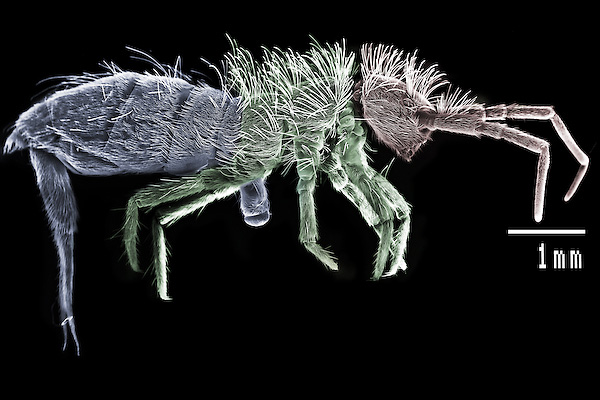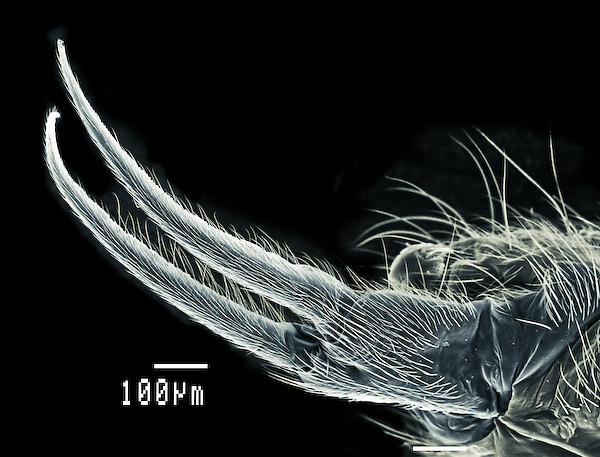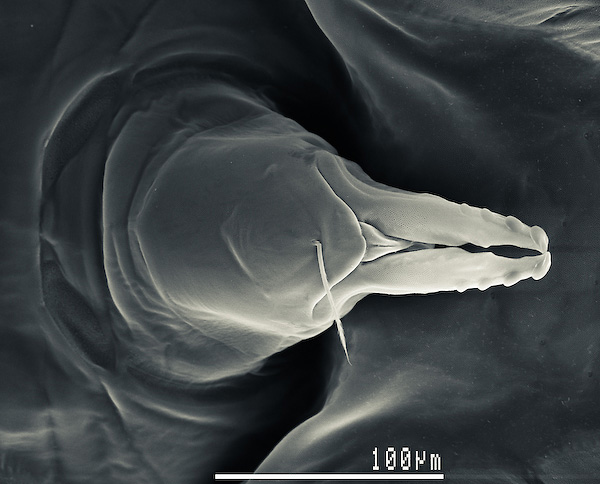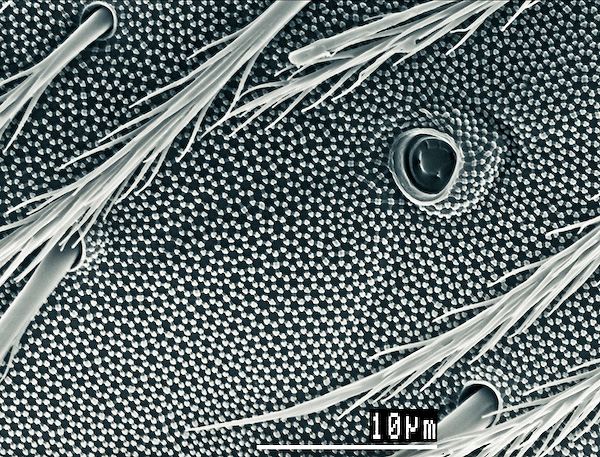- Messages
- 4,779
- Name
- Tim
- Edit My Images
- Yes
... A baby springtail of course!
I think I got the focal point a little too far forward in this one, and would have loved to have been able to attempt a focus stack, but this little one wouldn't keep still (and then a sudden gust of wind took the leaf away and that was that).
Anyway, I still thought it was quite cute so decided to process.
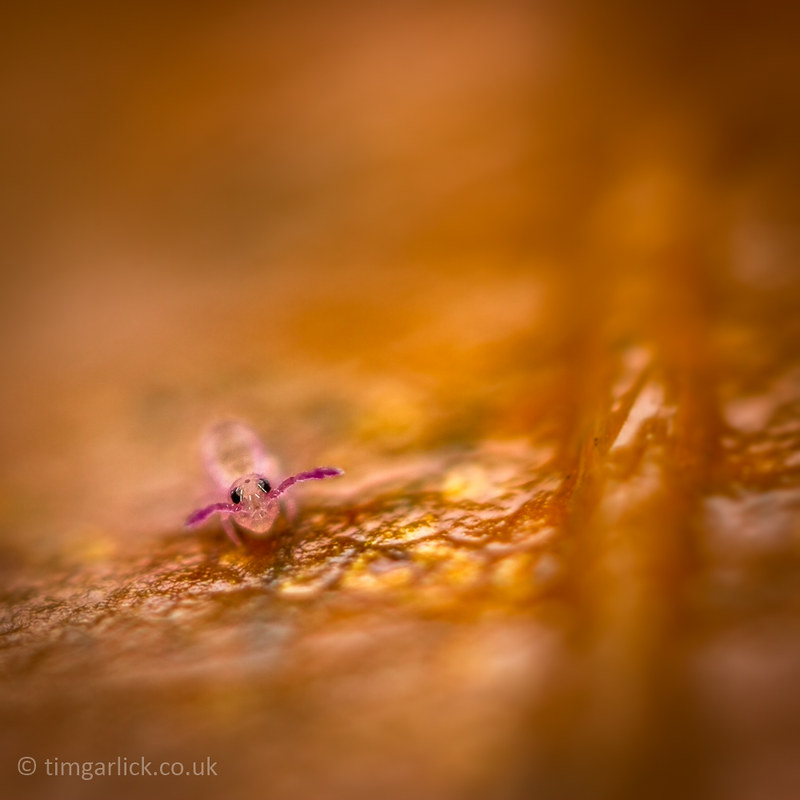
Are you my Daddy? by Tim.Garlick, on Flickr
I think I got the focal point a little too far forward in this one, and would have loved to have been able to attempt a focus stack, but this little one wouldn't keep still (and then a sudden gust of wind took the leaf away and that was that).
Anyway, I still thought it was quite cute so decided to process.

Are you my Daddy? by Tim.Garlick, on Flickr


